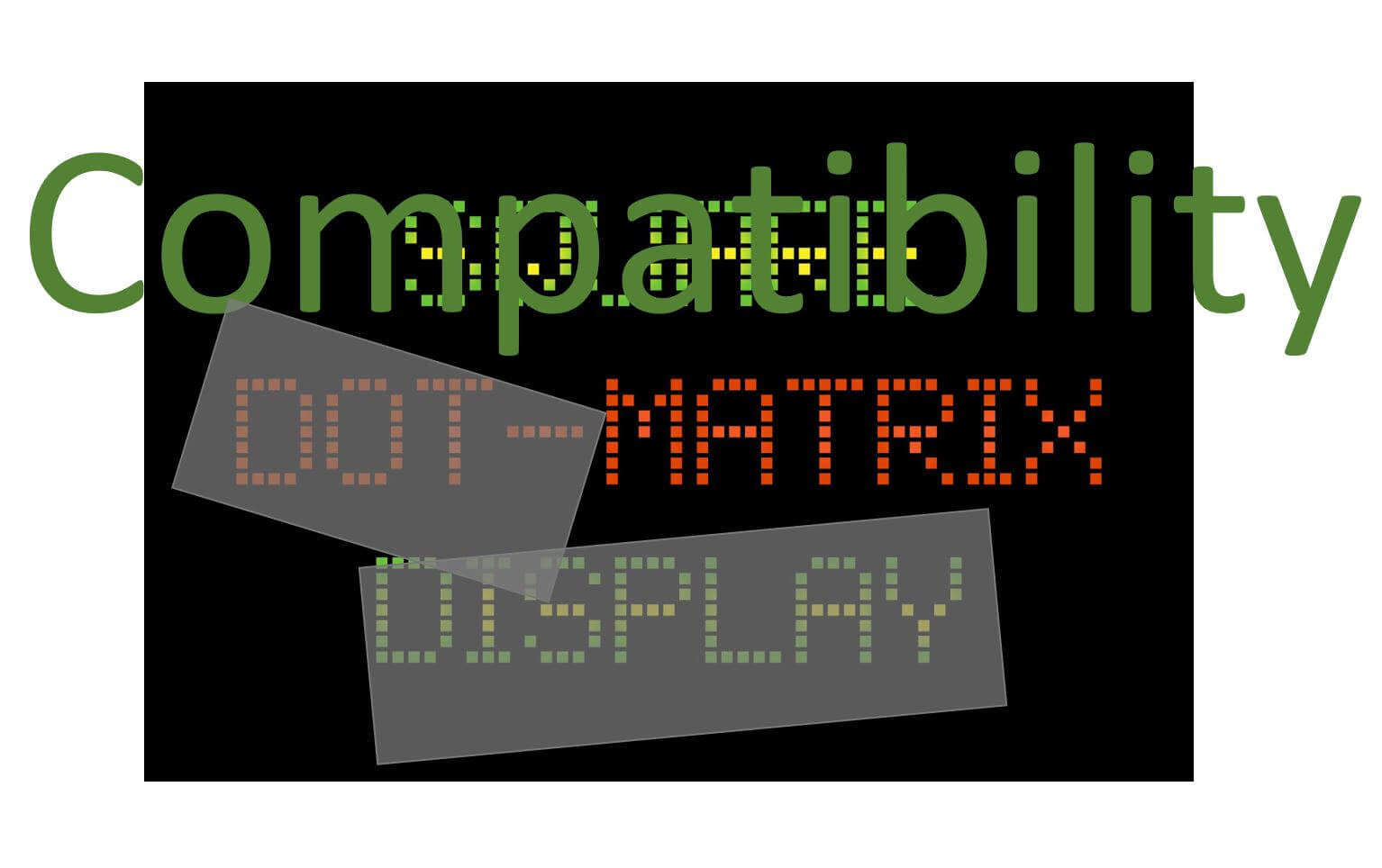Bitfusion in the Compatibility Matrix — Earning a Grecian Ode

Now you can look up Bitfusion compatibility in the VMware Interoperability tool.
The work of integrating one product into another always involves more than you expect. Each task completed seemingly reveals three more. A short list includes: running core technology, solving versioning issues with shared libraries, resolving functional overlaps, making GUIs, CLIs, and APIs seamless and coherent with standards, joining the build environment, joining the test environment.
All of this is before running into documentation, training, support, sales, marketing, and other business issues.
But today we report that Bitfusion has lopped off another head from the hydra of integration into vSphere. Previously, we maintained a single source-of-truth document describing the interoperability of Bitfusion with marketplace GPUs, APIs (such as CUDA), operating systems, server equipment, as well as with VMware products. We are bidding adieu to this document, because you can now find all the information in the VMware Interoperability tool. The latest Bitfusion release notes link to the tool, and not to the document.

Figure 1: the Bitfusion release notes link to the VMware Interoperability tool instead of a standalone document
If you haven't used the Interoperability tool before, I'll walk you through a couple of screen shots, enough to get you started. The Interoperability GUI is intuitive enough that I'll jump to the result of a search for Bitfusion compatibilities. All of the breadcrumbs are still visible for you to get to the same place. The URL is https://interopmatrix.vmware.com/.

Figure 2: the Bitfusion compatibility matrix with all 3rd party solutions
I looked up compatibility here for all third-party solutions since, for Bitfusion, they fit easily on one (hi-def) screen. You can search for compatibility with a single 3rd-party solution if you prefer. I selected the "3rd Party Solution Interoperability" tab along the top. In the left-hand pane I compared "VMware vSphere Bitfusion" version "4.5.0" with "All Categories" then hit the "CHECK INTEROPERABILITY" button. You can read the results yourself, but if, for example, I wanted to run an application using CUDA version 11.0 on an NVIDIA T4 GPU, I would be happy to see that Bitfusion 4.5.0 was compatible with both.
Since Bitfusion servers are backward compatible with clients running previous releases of Bitfusion, the matrix below is also interesting. Note the tab, compare and with choices used for this look-up. I wanted a full matrix of all versions of Bitfusion (servers) against all versions of Bitfusion clients.

Figure 3: this matrix shows the backward compatibility with older Bitfusion clients
Not much else to say here beyond another round of self-congratulation and assurances that having the compatibility and interoperability information in the VMware standard place should make you happy too.

We cannot all be heroes like Hercules, but we perform what tasks we can
